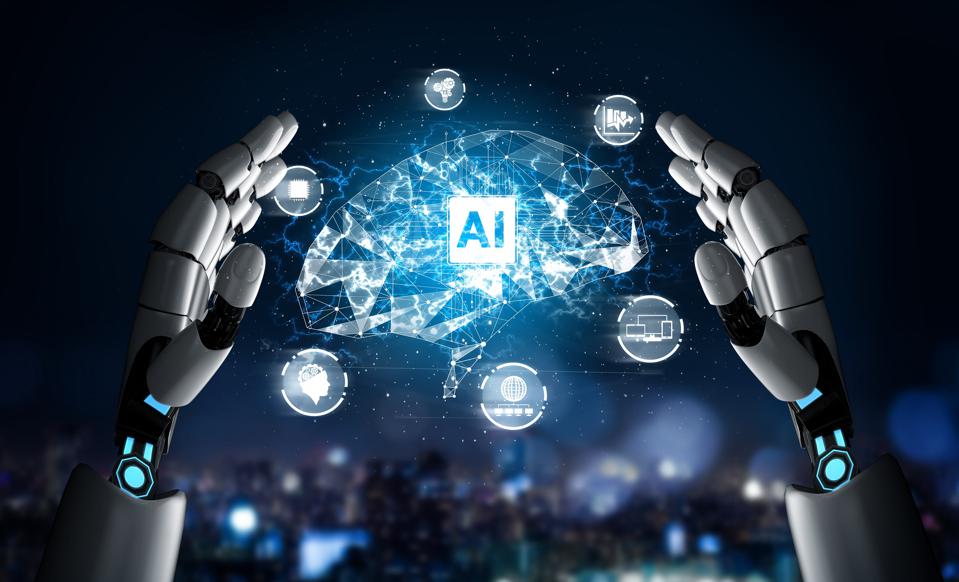Grand Island Rotarians were able to learn more about artificial intelligence at their meeting Tuesday.
Scott Kroeger with Lutz spoke to the Rotarians about the topic, explaining that artificial intelligence is defined as the development of computer systems that are able to perform duties normally associated with human intelligence.
Kroeger started his presentation by giving a brief history of artificial intelligence. He said the term was coined by John McCarthy in 1956.
“He complained that as soon as it works, no one would call it artificial intelligence anymore, which is exactly the case with our phones, Alexa and self-driven cars,” he said. “These concepts seem futuristic until they become real and then we expect them to be a part of our daily lives. Because of this phenomenon, artificial intelligence sounds like it is very much in the future, when in reality, a lot of it is here today.”
In 1950, Kroeger said, Alan Turing developed a test to define what true artificial intelligence is. The Turing Test would test a machine’s ability to exhibit human behavior by having a human questioner ask both a computer and a human questions. If the questioner could not tell the difference between the computer and human answerers, true human intelligence had been achieved.
“This test has not been passed yet, but we are pretty close,” Kroeger said.
He added the speed of human progress is “mind-blowing” and that human progress has experienced exponential growth.
“If you went back to 1750 and took a person back to 2019 to explain to them everything that is here, if the person from 1750 wanted to do the same thing, they would have to go back to 12,000 B.C. to have the same effect,” Kroeger said. If that person from 12,000 B.C. wanted to do that same thing, they would have to go back another 100,000 years to have the same effect.”
He added: “A century of progress happened between 2000 and 2014. Another century of progress will happen by 2021. The 21st century will achieve 1,000 times the progress of the 20th century.”
Kroeger said there are three main categories of artificial intelligence: artificial narrow intelligence, artificial general intelligence and artificial super intelligence.
Artificial narrow intelligence, he said, is weak and is good in one specific area. An example of this is a computer programmed to only beat a human at chess.
“Artificial general intelligence is strong AI. At that point, the computer is as smart as a human in every facet across the board.” Kroeger said.
“Artificial super intelligence is the computer being smarter than the best human brains across the board in every field. We are not even close to this, but in the next 10 to 15 years, they think with processing power, the amount of data and the progress being made, this will be achievable in some capacity.”
Kroeger said there have been some negative effects of artificial intelligence. One instance occurred in 2010 when computer-based algorithms started making stock trades based on how they were programmed. A series of events later triggered the “Flash Crash,” which caused a decrease in the Dow Jones Industrial Average.
Despite this, he said, a number of career fields are using artificial intelligence.
“From an accounting perspective, we are seeing robotic process automation, where we will take tax forms, automatically input them and automatically pick up variables where we haven’t produced those,” Kroeger said. “One of our partner firms has this robotic process automation where you are able to use your existing software and get robots to do tasks to effectively automate a lot of the button-clicking and data-passing between the applications.”



